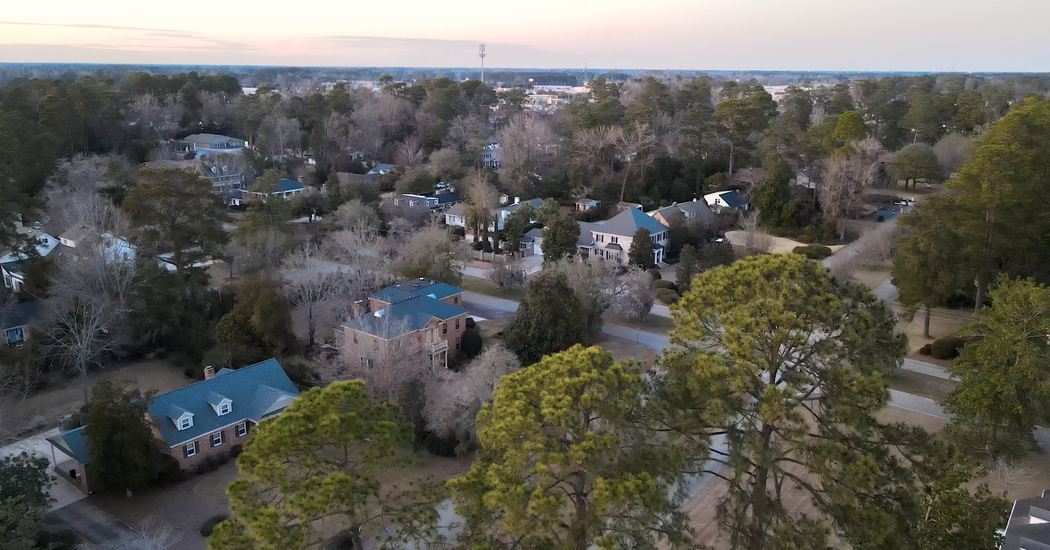The push from an affluent community in South Carolina to kill a plan for 60 subsidized apartments brought into public view how hard it is give low-income families access to opportunity-rich neighborhoods.
When developers set out to build 60 subsidized apartments in an affluent corner of Florence, S.C., the chairman of the County Council waxed enthusiastic. Affordable housing “would serve a great need,” he wrote, and its proximity to services and jobs fit county planning goals. He pledged a small grant.
Then the neighbors found out. Lawyers, executives and civic leaders, they gathered at the Florence Country Club, a half-mile from the proposed development, and vowed to block it. Nine days later, the plan suffered a fatal blow when the Council, in a meeting that took three minutes and 14 seconds, began rezoning the site, led by the chairman who had praised it.
The Council’s sudden reversal is the subject of a fair housing suit — most of the prospective tenants were Black in a neighborhood of mostly white residents — and a study of forces that keep low-income families from opportunity-rich neighborhoods.
In many if not most affluent communities, existing land-use rules would have barred low-income housing, with the regulations often operating so quietly that they hide how fully exclusion is a product of design. But a quirk in the Florence County zoning code, permitting the subsidized apartments, brought the opposition into public view.



Well, good news is rich people houses are usually just as flammable as subsidized apartment complexes.
So someone surely could alleviate their concerns about the apartments lowering their property values.